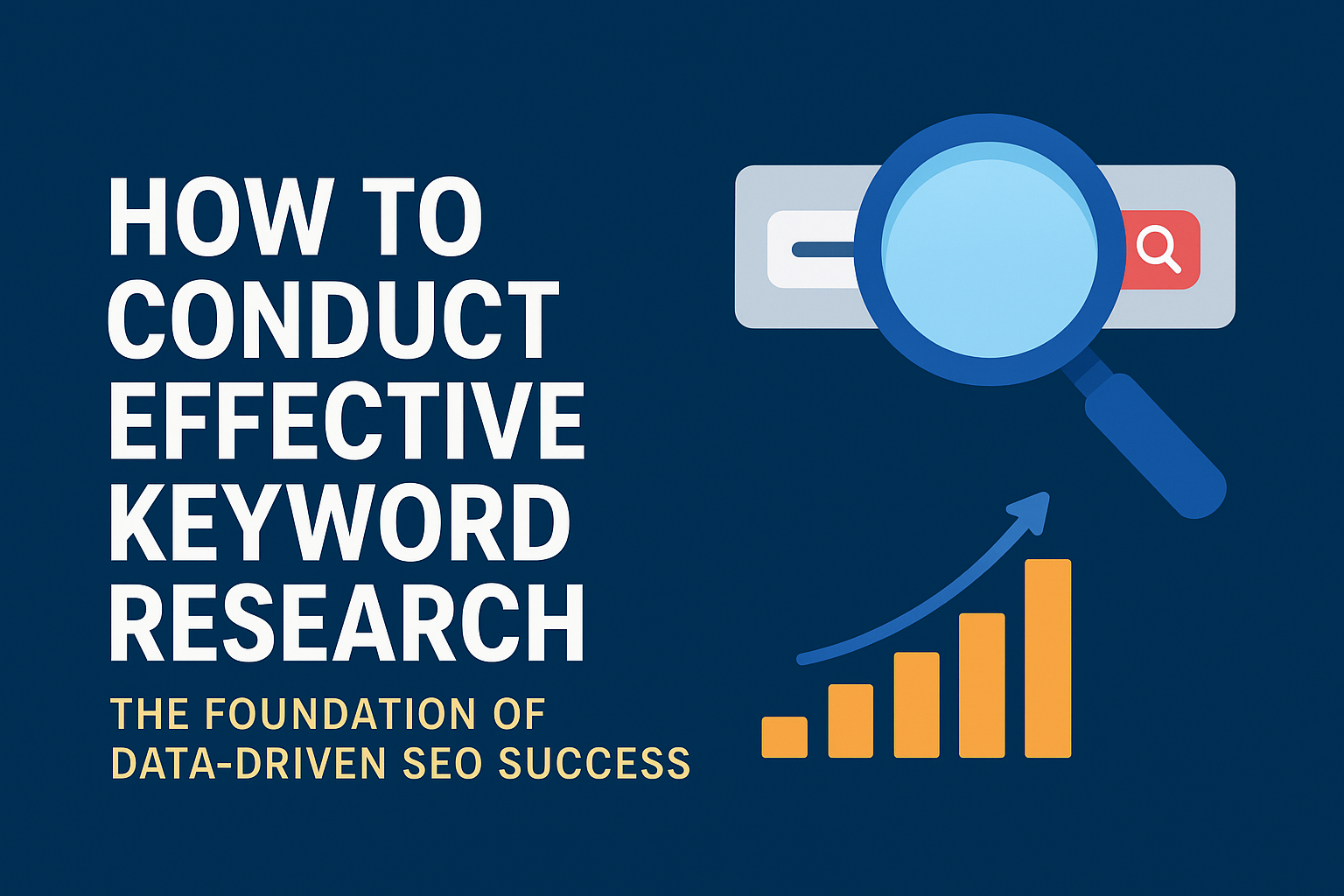The eCommerce landscape in 2025 is more competitive than ever. To succeed, businesses need to focus on mobile optimization, AI-driven personalization, fast performance, omnichannel strategies, and robust security. Implementing these tips can dramatically enhance user experience, increase conversions, and build customer trust.
1. Prioritize Mobile-First & Progressive Web Apps (PWAs)
Why it matters: Over 70% of online shopping happens on mobile devices. A mobile-first design for eCommerce ensures fast load times, responsive layouts, and seamless navigation, keeping users engaged.
Implement Progressive Web Apps (PWAs) to combine app-like experiences with the reach of the web. PWAs offer offline access, push notifications, and near-instant load times, which boost conversions significantly.
Example: Flipkart and Alibaba leverage PWAs to enhance mobile engagement and reduce bounce rates drastically.
2. Optimize for AI & Personalized Shopping Experiences
Why it matters: Customers now expect personalized online shopping experiences. AI-driven product recommendations, chatbots, and dynamic content improve engagement and sales.
Implementation:
- Use AI product recommendation engines based on browsing and purchase history.
- Integrate AI chatbots for 24/7 customer support and instant queries.
- Leverage predictive analytics in eCommerce for inventory management and demand forecasting.
Outcome: Higher conversion rates, reduced cart abandonment, and stronger customer loyalty.
3. Enhance Page Speed & Core Web Vitals
Why it matters: Google now heavily emphasizes Core Web Vitals — loading speed, interactivity, and visual stability. Slow websites hurt both SEO and sales.
Tips:
- Compress images using modern formats like WebP.
- Implement lazy loading for product images.
- Optimize backend code and reduce unnecessary JavaScript.
Benchmark: Aim for loading times under 2 seconds to maximize user retention.
4. Integrate Omnichannel & Social Commerce
Why it matters: Shoppers use multiple channels — social media, marketplaces, mobile apps, and websites — to discover and purchase products.
Actionable steps:
- Enable social logins and direct checkout via Instagram, Facebook, and TikTok.
- Sync inventory across all channels for a seamless shopping experience.
- Use automated marketing campaigns to retarget users via email, social, and push notifications.
Result: Consistent brand experience and increased cross-platform sales.
5. Implement Advanced Security & Privacy Measures
Why it matters: With stricter regulations like GDPR and CCPA, trust is critical. Customers need confidence that their data is secure.
Best practices:
- Use HTTPS, SSL certificates, and secure payment gateways.
- Employ multi-factor authentication (MFA) for user accounts.
- Regularly update software to prevent vulnerabilities.
Outcome: Reduced fraud risk, improved customer trust, and compliance with global regulations.
Bonus Tip: Headless eCommerce Architecture
Consider headless eCommerce architecture. Separating the frontend and backend allows faster updates, better scalability, and easier integration with emerging technologies like AR/VR shopping experiences.
Ready to Upgrade Your eCommerce Store for 2025?
Don’t let outdated design or slow performance hold you back. Our expert team can help you implement mobile-first designs, AI personalization, fast-loading pages, and secure checkout systems.
Get a Free Consultation Today →


